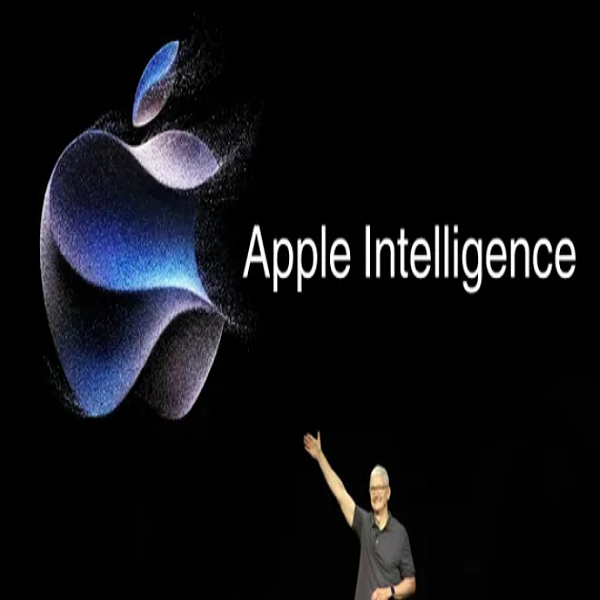Nvidia Corporation, renowned for its Graphics Processing Units (GPUs) has become a key player in the AI industry. It engineers the most advanced chips, systems, and software for the AI factories of the future. As the most valuable chip company, NVIDIA supplies advanced chips to major tech giants like Amazon, Google, Meta, Microsoft, and Oracle. Their dominant position in AI infrastructure brings both prestige and a great deal of security responsibilities.
NVIDIA’s crucial role in AI development across multiple global companies also implies that a security breach in their chips could potentially lead to a catastrophic global impact. This is a reason why NVIDIA prioritizes security concerns by promptly evaluating and addressing reported issues with appropriate resources.
Recently, NVIDIA released two important security vulnerabilities for AI-systems:
- CVE-2024-0108: A high-severity vulnerability affecting Jetson products, which are used in robotics and embedded edge AI applications. This flaw in the NvGPU’s GPU MMU mapping code could lead to denial of service, code execution, and privilege escalation if exploited.
2. Multiple vulnerabilities in data center products:
- CVE-2024-0101: A high-severity issue (CVSS score 7.5) in the ipfilter component of Mellanox OS and OnyX switch operating systems. This could potentially allow attackers to cause a denial of service in network switch operations.
- CVE-2024-0104: A medium-severity vulnerability in the LDAP Authentication, Authorization, and Accounting (AAA) component. If exploited, this could lead to information disclosure, data tampering, and privilege escalation.
These vulnerabilities highlight how critical security is in AI infrastructure. Exploits could result in severe consequences, ranging from data leaks to system-wide ransomware infections .
Even though AI tools show promise in generating code, including security patches, they currently require specific human-generated prompts. As AI technology advances, it may eventually be able to create patches more rapidly and efficiently. However, it is imperative that human oversight remains crucial in this process as AI systems are not 100% accurate.
Cybersecurity professionals need to ensure that they are vigilant about potential vulnerabilities in AI infrastructure and promptly apply security patches from vendors like NVIDIA. They must understand the interconnected nature of AI systems and their global impact. It is important that they stay updated with advancements in AI-assisted security measures and tools.
As the nature of AI evolves, innovative approaches to securing these critical systems must also evolve. The collaboration between humans and AI will be key in addressing future cybersecurity challenges in the AI sector.





